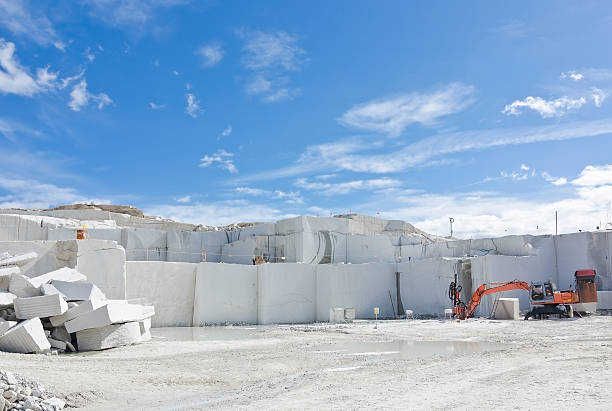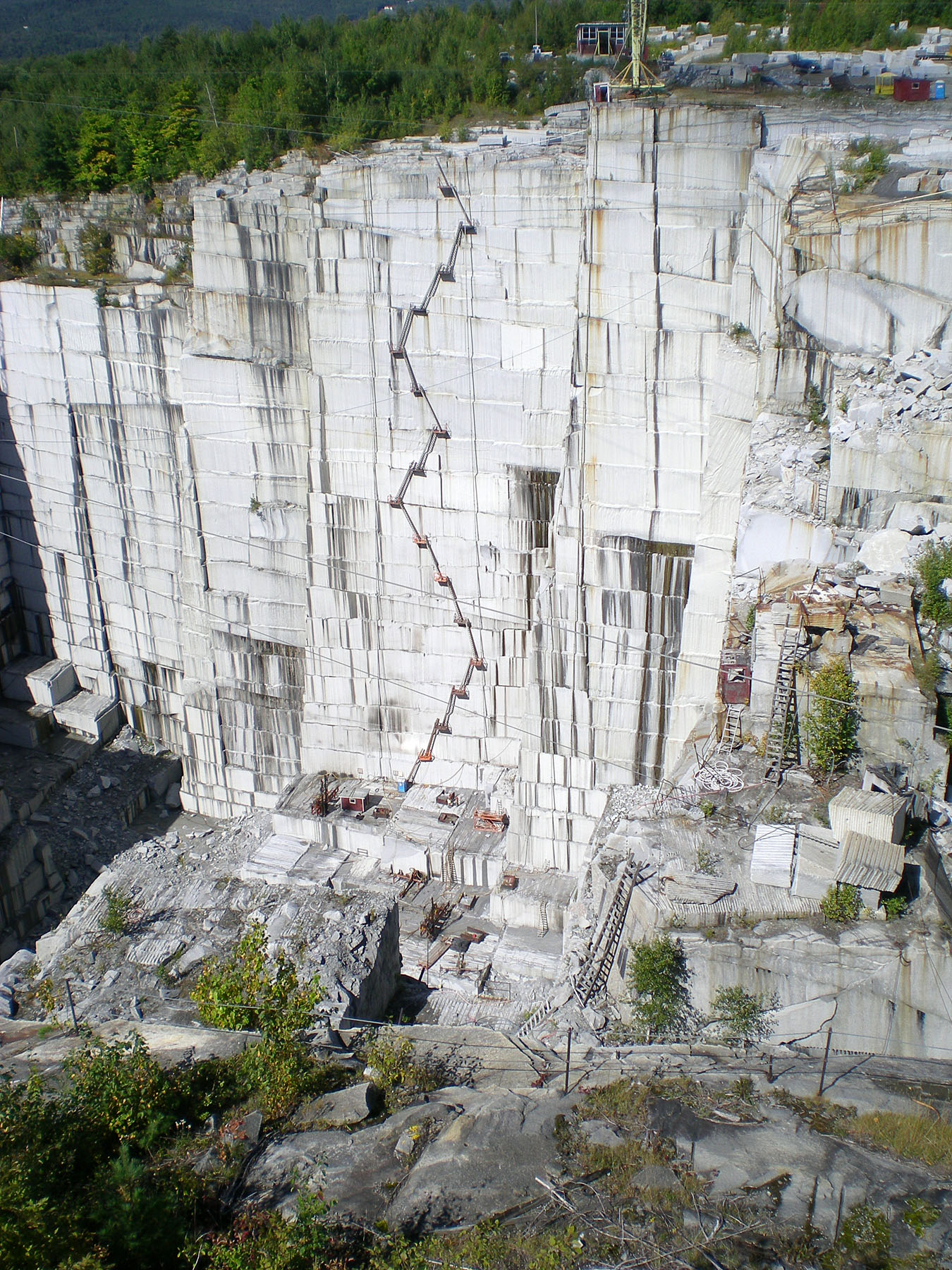Discovering Granite Quarries in South Africa Industry: From Quarry to Masterpiece
Discovering Granite Quarries in South Africa Industry: From Quarry to Masterpiece
Blog Article
Unveiling the Mysteries of Granite Quarrying: Where Strength and Style Meet
The world of granite quarrying is a realm where the raw strength of nature merges with human artistry to produce frameworks that stand the examination of time with an air of style. From the midsts of quarries to the precise sprucing up in workshops, the procedure of changing granite right into building wonders is an intricate dancing of practice and development. As we peer right into the depths of this old craft, we start to reveal the concealed ins and outs that form the really significance of our built environment.
The Beginnings of Granite Quarrying
In the annals of architectural background, the origins of granite quarrying are shrouded in a tapestry of old workmanship and geological marvels. Going back to old Egypt and Mesopotamia, the removal of granite from quarries noted the beginning of a trip that would eventually cause the development of several of the world's most famous structures.
Granite quarrying's roots can be mapped to the knowledgeable artisans that recognized the stone's longevity and aesthetic charm. Through a combination of primitive tools and large resolution, these early quarry employees discovered granite blocks that would certainly become the building blocks of civilizations.
As people progressed, so did the methods of quarrying granite. The Romans, renowned for their design expertise, established sophisticated techniques for drawing out granite to build monuments, temples, and roads that stood the examination of time.
The tradition of these ancient quarrying techniques proceeds to shape modern style, with granite remaining a sign of strength and sophistication in building and construction projects around the world. (granite quarries in south africa)
Devices of the Quarrying Profession
The development of granite quarrying techniques from old human beings to modern times highlights the essential role played by the tools of the quarrying sell shaping the industry's techniques. In ancient times, quarrying tools were rudimentary, typically containing knives, hammers, and wedges made from products like bronze or iron. These tools required considerable manpower and time to essence granite obstructs from quarries.

Additionally, the intro of pneumatic tools and high-powered machinery has actually dramatically reduced the physical labor called for in quarrying procedures, boosting employee security and productivity. As the quarrying industry proceeds to innovate, the devices of the trade continue to be at the center of driving progress and shaping the future of granite extraction.
Drawing Out Blocks of Granite
Utilizing accuracy machinery and advanced techniques, the removal of granite obstructs from quarries has become an advanced process in the More hints modern quarrying market. The initial action includes recognizing the location and size of the granite down payment to determine the most efficient extraction technique. As soon as a suitable site is selected, the removal procedure begins with the drilling of holes for the placement of dynamites. Regulated blasting strategies are then utilized to damage apart the granite right into manageable areas.

Sprucing Up and Completing Strategies
To achieve a remarkable surface on granite blocks, knowledgeable craftsmens use a series of careful polishing and finishing methods. After the preliminary removal and forming processes, the granite obstructs go through an extensive polishing phase to enhance their all-natural elegance and longevity. One common browse around here approach utilized in polishing granite is ruby abrasion, where commercial diamonds are used to grind and brighten the stone to a smooth finish. This process not only creates a lustrous surface yet also makes certain harmony in color and texture across the granite block.
Along with polishing, finishing methods are put on additional fine-tune the granite's appearance. These strategies might consist of flaming, sharpening, or cleaning, each offering unique structures and coatings to fit different aesthetic preferences. Flaming, as an example, involves subjecting the granite surface area to heats to develop a rough, textured surface, suitable for outdoor applications where slip-resistance is essential. Refining, on the other hand, provides a matte surface that is smooth to the touch, excellent for interior countertops and flooring. By very carefully choosing and using these brightening and ending up strategies, artisans can change raw granite blocks right into charming pieces that display both toughness and sophistication.

Environmental Effect and Sustainability
With the growing focus on environmental consciousness in the sector, granite quarrying techniques are significantly looked at for their effect on natural deposits and long-term sustainability. Quarrying for granite can have considerable environmental view publisher site ramifications. The extraction process typically involves using hefty equipment, explosives, and large amounts of water, resulting in habitat destruction, soil erosion, and water air pollution. Furthermore, the transport of granite from quarries to refining facilities creates carbon emissions, further adding to environmental destruction. granite quarries in south africa.
To alleviate these impacts and ensure sustainability in granite quarrying, industry stakeholders are taking on different steps. Executing advanced innovations to minimize power intake and water use, redeeming quarried land for environmental restoration, and advertising liable sourcing techniques are some approaches being utilized. Accreditations such as the Woodland Stewardship Council (FSC) and the Leadership in Power and Environmental Design (LEED) help consumers identify eco pleasant granite items.
Verdict
Finally, granite quarrying is a procedure that requires specialized devices and methods to extract blocks of granite and polish them to a high level of finish. While the ecological impact of quarrying can be considerable, initiatives are being made to boost sustainability methods in the market. Generally, granite quarrying is a fragile balance between harnessing the stamina and elegance of this all-natural rock while lessening its influence on the setting.
Report this page